Confined space equipment refers to any tool, system, or device designed to protect, assist, or rescue workers who are operating inside a confined space. This can range from simple items like signs, radios, and helmets to more complex tools such as gas detectors, manhole pumps, and retrieval systems. Essentially, if a piece of equipment helps a worker operate safely and efficiently within a confined space, it is considered confined space equipment. This type of equipment is used across various industries, including oil and gas, mining, power generation, wastewater management, construction, and the maritime sector. In this guide, we will define what a confined space is and explore the different types of confined space equipment currently in use around the world. A confined space is generally defined as an enclosed area that, while not specifically designed for human occupancy, is large enough for a worker to enter and perform specific tasks. Common examples include air ducts, manholes, tanks, tunnels, pipelines, silos, and storage containers. According to OSHA, a space must meet three criteria to be classified as a confined space: Not all enclosed areas qualify as confined spaces, even if they are dangerous. Only those meeting all three criteria are officially classified as such. The rest of this guide will focus on the risks involved in working in these spaces and the equipment used to ensure safety. [For an in-depth look at industrial work in enclosed areas and how to identify and manage confined spaces in your workplace, check out this helpful Flyability guide.] Working in confined spaces poses numerous hazards. Confined space equipment is designed to minimize or prevent these dangers. Here are some common risks: Confined space equipment must protect entrances, prevent unauthorized access, provide ventilation, and allow safe entry and exit. Additional steps may be required before entry, especially for permit-required spaces. A confined space permit ensures the area is safe and that all requirements are met before entry. These permits typically include details like the purpose of entry, authorized personnel, atmospheric conditions, and communication methods. Some spaces do not require a permit, such as crawl spaces, drop ceilings, or ventilated tunnels. However, safety should still be a priority in all cases. Now that we understand the definition and risks, let’s explore the key types of confined space equipment used to keep workers safe. Clear communication between workers inside and outside the space is crucial. Equipment includes headsets, microphones, talk boxes, and communication cables to ensure reliable contact in challenging environments. Tools like fall arresters, harnesses, hoists, and tripods help lower and retrieve workers safely. These systems are essential for both routine work and emergency situations. Emergency medical gear like breathing apparatuses, first aid kits, resuscitators, and stretchers should always be available when working in confined spaces. Gas detectors and environmental sensors are vital for monitoring air quality and detecting hazardous substances in real-time. Appropriate PPE, including hard hats, gloves, flashlights, and protective clothing, is essential for all confined space operations. Clear signage and permits are essential for ensuring safety. Signs like “Enter By Permit Only†and “Authorized Personnel Only†help control access and communicate hazards effectively. Blowers, fans, and ducts are used to maintain safe air quality and remove contaminants in hazardous confined spaces. Tools like camera-on-a-stick, crawler robots, snake robots, and climber robots help inspect and gather data without requiring human entry into dangerous areas. Drones offer a safer, faster, and more efficient way to inspect confined spaces without putting workers at risk. They can navigate tight areas, collect data quickly, and avoid many of the hazards that affect humans. Drones eliminate the need for complex permits and reduce reliance on traditional confined space equipment. As their cost continues to drop, drones are becoming an essential part of modern confined space operations. Several case studies show the benefits of using drones. For example, Flyability’s Elios drone reached inaccessible parts of a mine quickly, and another saved a company $50,000 by replacing manual inspections with drone technology. In summary, while traditional confined space equipment remains important, drones are rapidly transforming the industry. They offer a safer, smarter, and more cost-effective approach to working in confined spaces, making them a critical tool for future operations.
A flat bed CNC machine refers to a type of computer numerical control (CNC) machine tool that features a horizontal bed design. In this design, the workpiece is placed horizontally on a flat bed for machining operations. Here are some key points about flat bed CNC machines:
Versatility: Flat bed CNC machines are versatile and can handle a wide range of machining operations, such as turning, milling, drilling, tapping, and more. They can be customized with various tooling options to accommodate different machining requirements.
Stability and Rigidity: Flat bed machines provide a stable and rigid platform for machining operations. The horizontal bed design offers good support to the workpiece and reduces vibrations, leading to improved machining accuracy and surface finish.
Accessibility: The horizontal bed design of a flat bed CNC machine allows for easy access to the workpiece. Operators can efficiently load and unload workpieces, set up tools, and monitor the machining process.
Chip Evacuation: While chip evacuation can be a consideration on flat bed machines, they typically utilize chip conveyors, coolant systems, and other mechanisms to remove chips from the machining area. Proper chip evacuation helps maintain machining efficiency and prolong tool life.
Floor Space Requirement: Flat bed CNC machines generally require a larger floor space compared to inclined bed machines. The footprint of a flat bed machine can vary depending on the size and configuration of the machine, and it's essential to consider the available space in the workshop when selecting a machine.
Applicability: Flat bed CNC machines are widely used in various industries, including automotive, aerospace, general engineering, and more. They can handle both small and large workpieces, making them suitable for a range of production requirements.
Cost: Flat bed machines can vary in terms of cost depending on factors such as size, configuration, and additional features. It's important to consider the specific machining needs and budget constraints when selecting a flat bed CNC machine.
Flat bed CNC machines are a common choice in many manufacturing facilities for their versatility, stability, and accessibility. They offer the capability to perform a wide range of machining operations and can be tailored to meet specific production requirements. However, it's important to evaluate the specific needs of your application and consider factors such as space availability and cost before investing in a flat bed CNC machine.
Flat Bed Cnc Lathe,Flat Bed Cnc Machine,,Flat Bed Lathe,High-Quality Flat Turning Lathe Ningbo Leyan Machinery Technology Co., Ltd , https://www.cncleyan.comConfined Space Equipment: A Comprehensive Guide
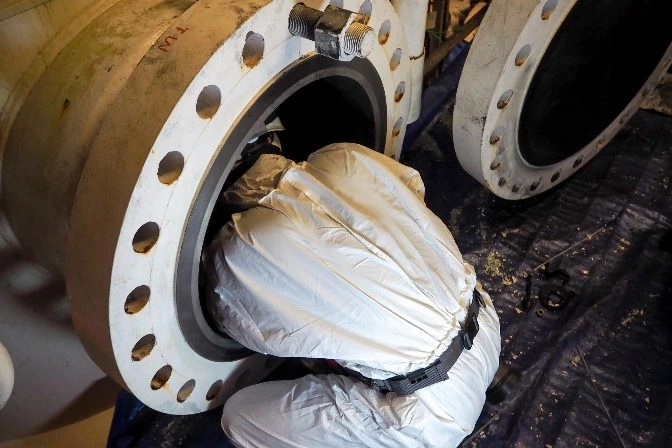
What Is a Confined Space?
Dangers of Confined Space Entry
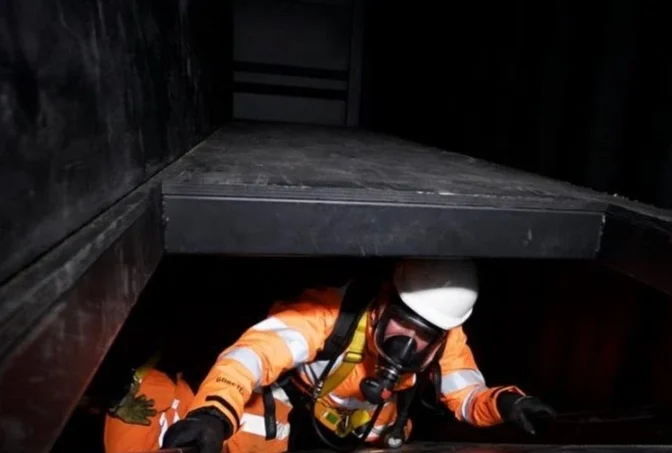
Requirements for Confined Space Entry
Permit-Required Confined Spaces
Non Permit-Required Confined Spaces
Types of Confined Space Equipment
Communication Equipment
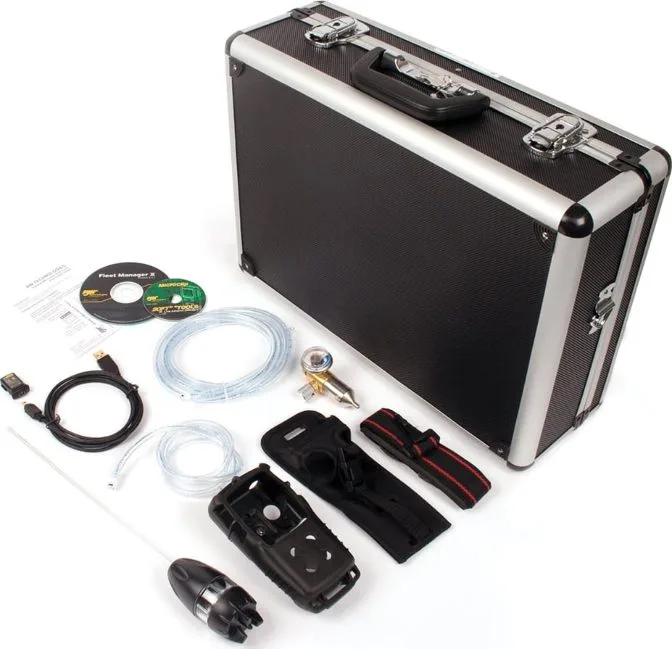 Source: TEquipment
Source: TEquipmentDescent, Rescue, and Retrieval Systems
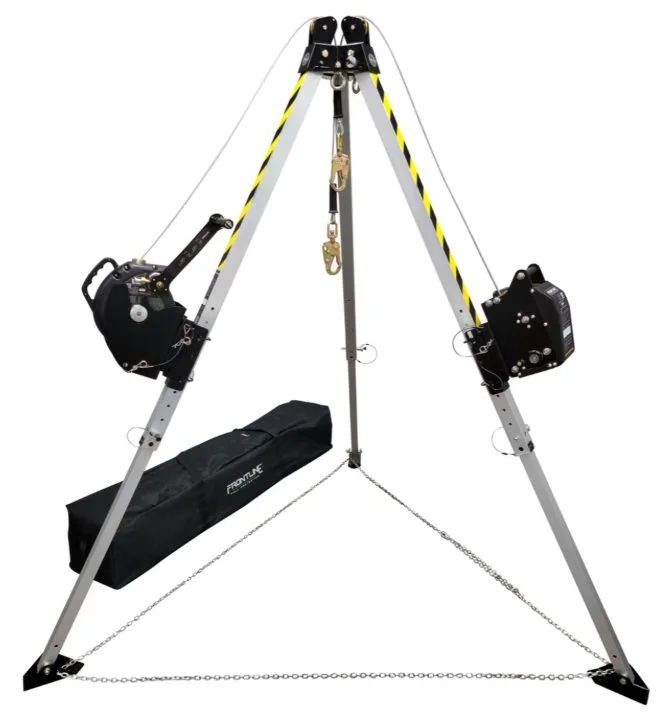 Source: ISP
Source: ISPMedical Equipment
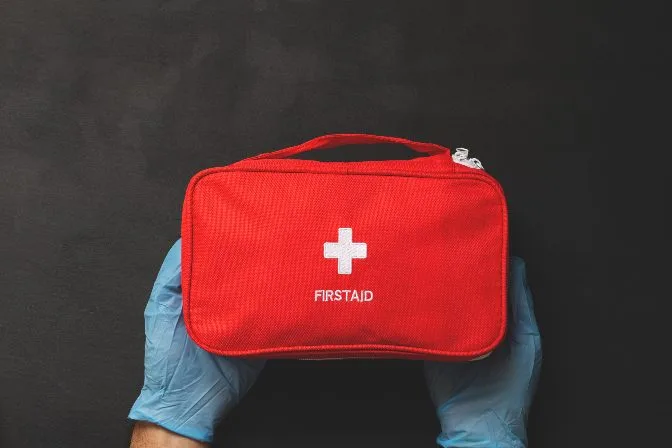
Meters and Monitors
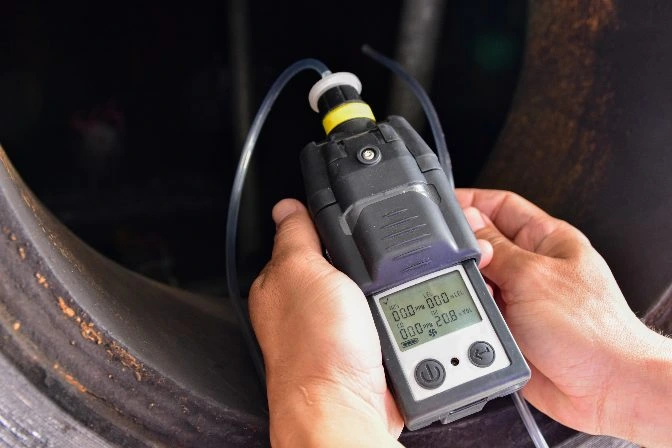
PPE (Personal Protective Equipment)
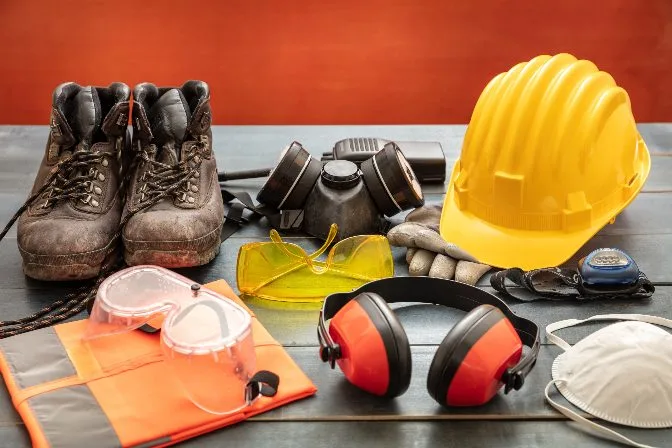
Signage and Permits
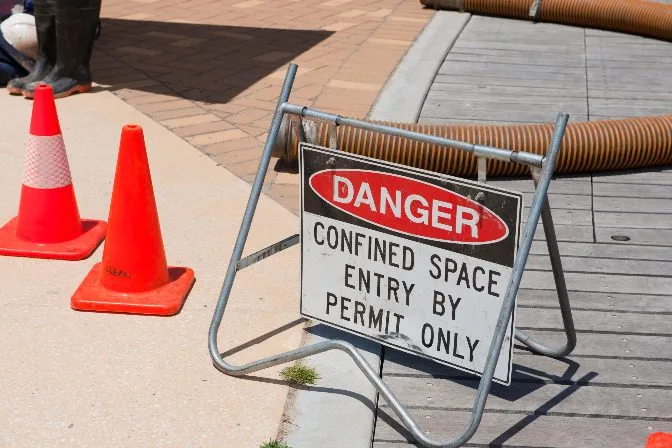
Ventilation Equipment
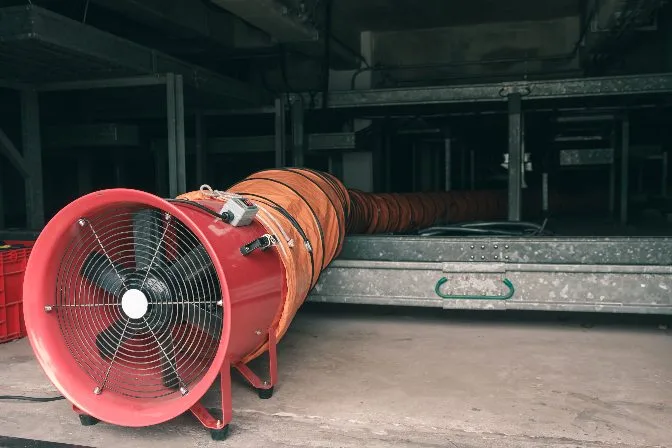
Data Collection and Inspection Tools
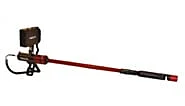
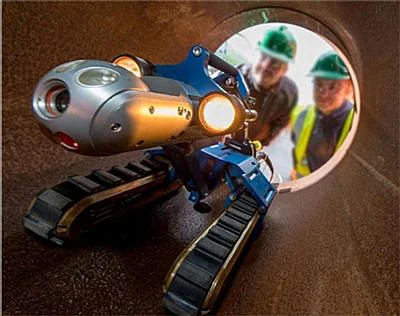
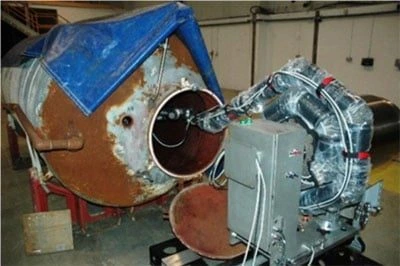
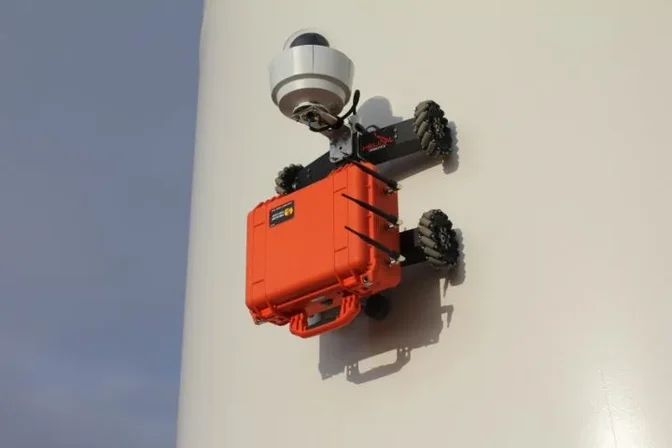
Drones as Confined Space Equipment
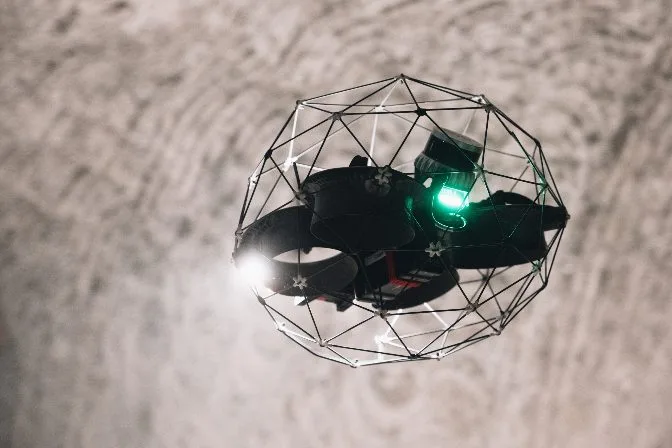 Elios 3 drone used for confined space inspections
Elios 3 drone used for confined space inspections